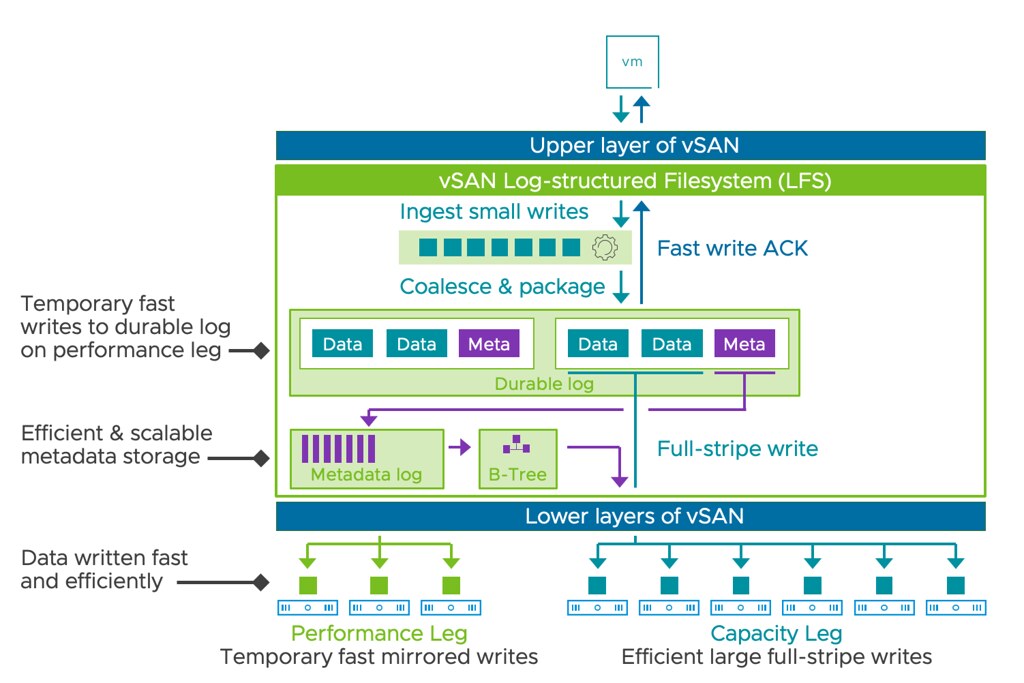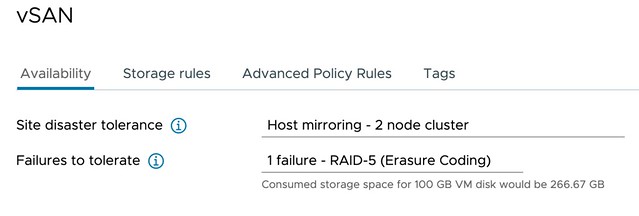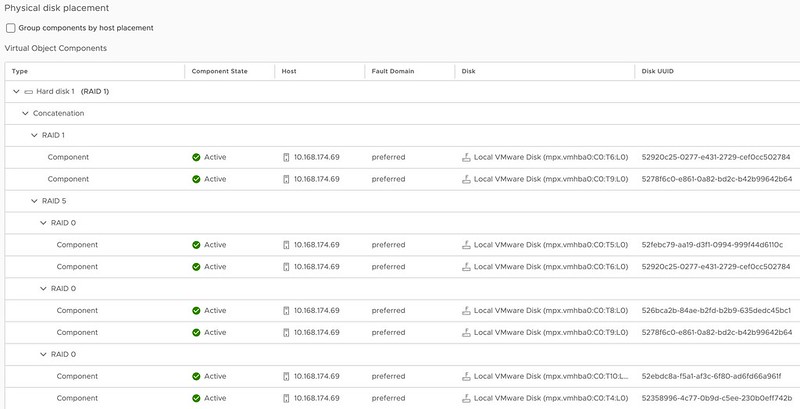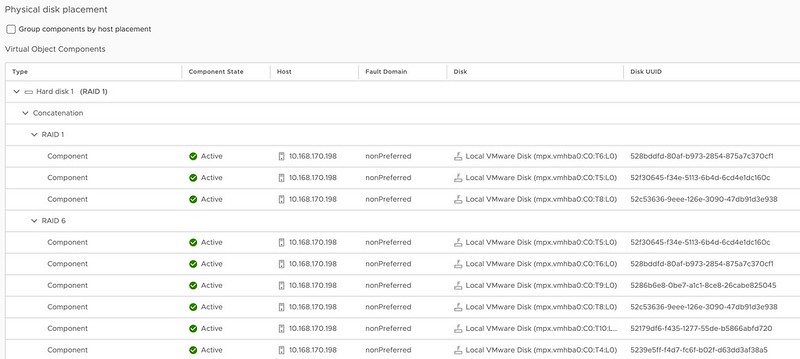On VMTN a question was asked around the Host Image Profile Acceptance Level for the vSAN Witness Appliance, this is configured to “community supported”. The question was around whether it is supported to change this to “VMware certified” for instance. I had a conversation with the Product Manager for vSAN Stretched Clusters and it is indeed fully supported to make this change, I also filed a feature request to have the Host Image Profile Acceptance Level for the vSAN Witness increased to a higher, more secure, level by default.
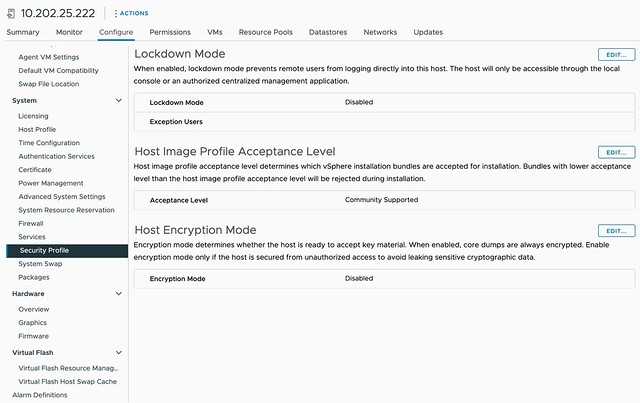
So if you want to make that change, feel free to do so!

